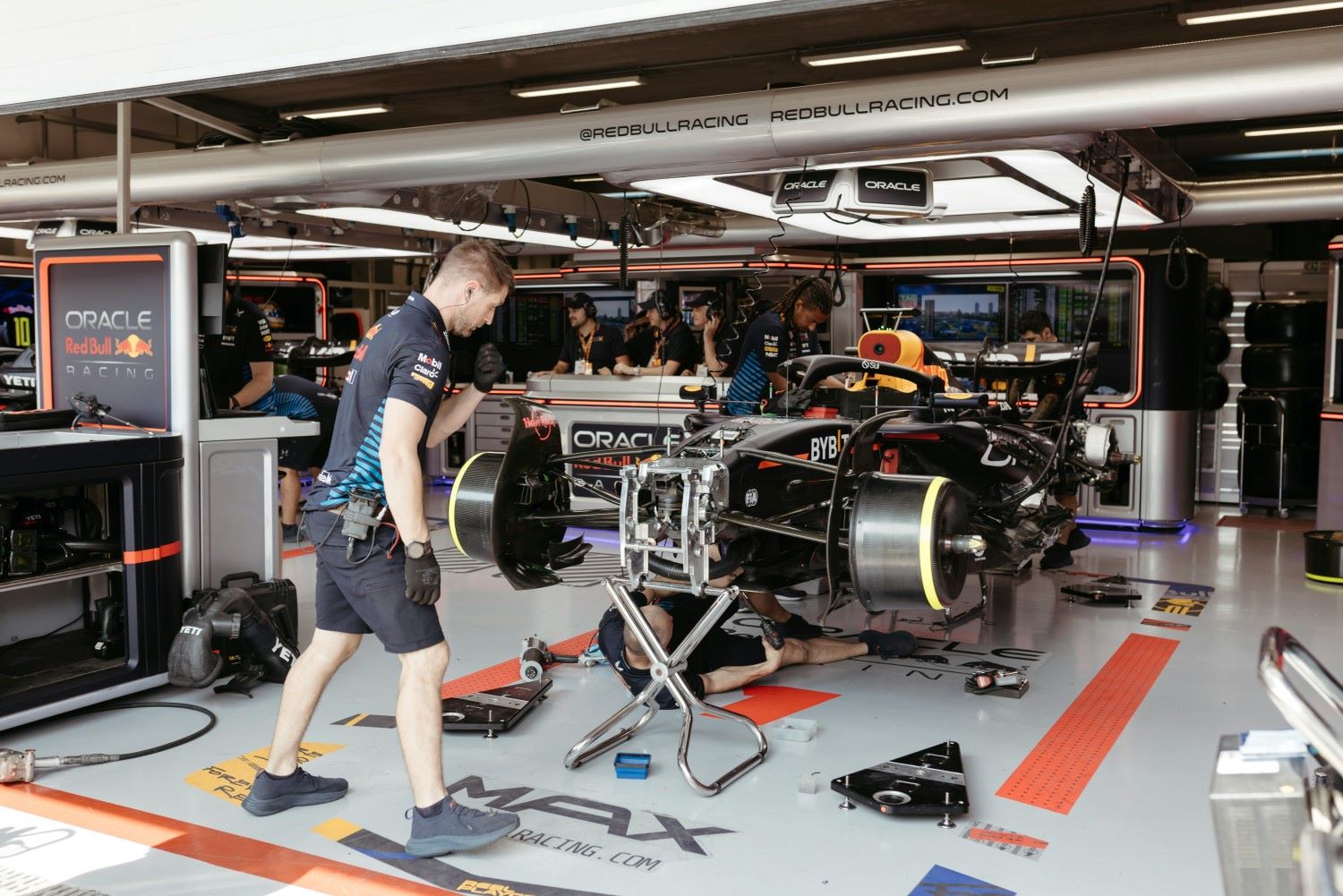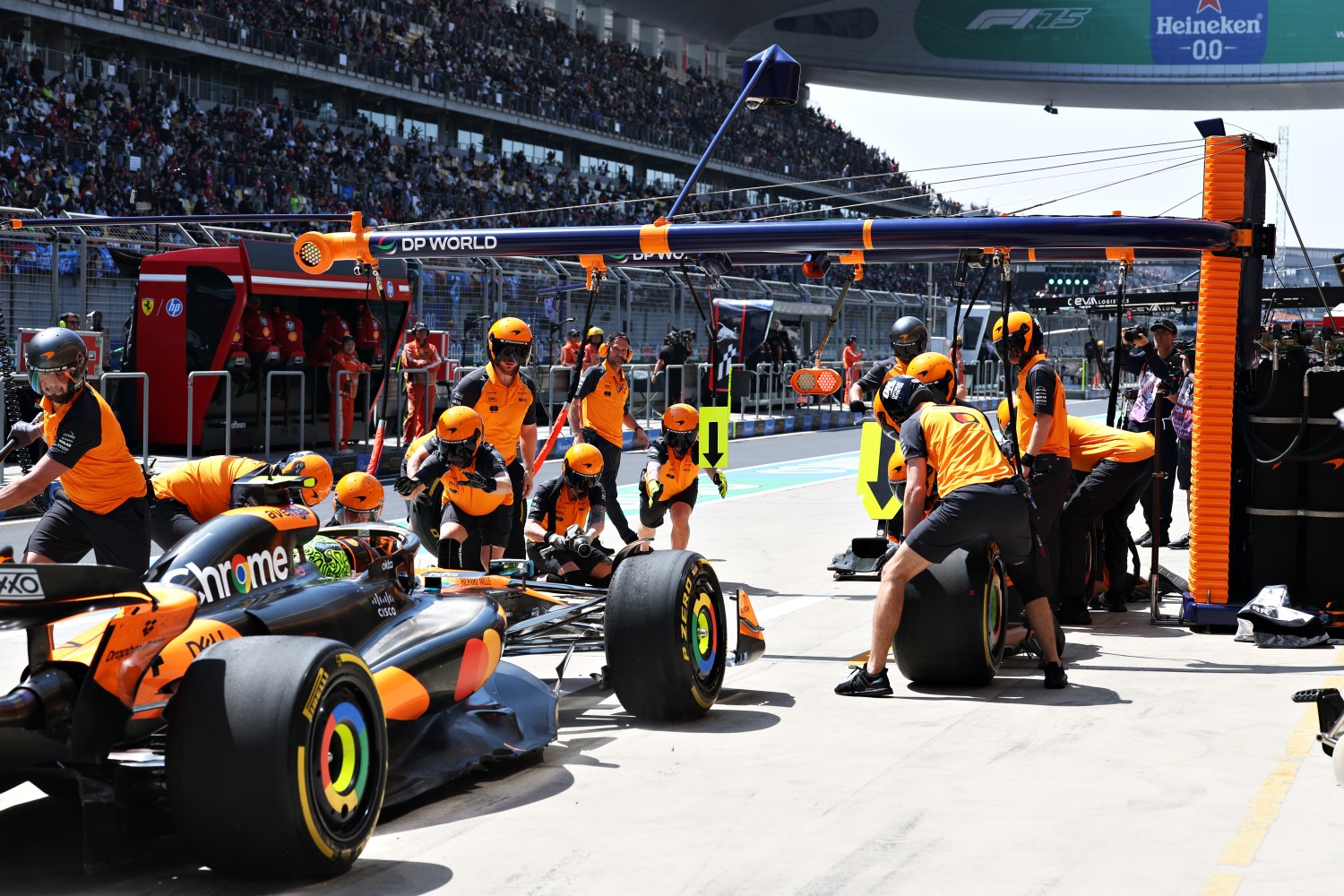Racing Strategy Then and Now: From Gut Instinct to Live Data Feeds
In earlier decades, racing strategies were crafted with a stopwatch, a chalkboard, and a solid hunch. Pit crews relied on lap times scribbled by hand and the intuition of seasoned engineers.
Rain? Guesswork.
Tire degradation? Observation.
Decisions were reactive, not predictive—and that made every gamble thrilling, but not always smart. Today, strategy has evolved beyond instinct. It’s about raw data, probability curves, and timing decisions down to the millisecond.
Real-World Cases: How AI Is Rewriting Strategy Mid-Race
In recent years, elite racing teams have started relying on real-time data not just during prep, but in the heat of the race. When the weather changes or a yellow flag disrupts the flow, there’s no time to huddle — the system acts instantly.
In Formula 1, for instance, pit stop strategies are now based on live simulations rather than instinct. Machine learning tracks tire wear, predicts rival moves, and recalculates passing chances — all while the car’s still flying down the track.
That same sharp, data-driven responsiveness defines the experience when you Play at Betflare Casino — where every move, every outcome, every decision is tuned for speed and precision. When things move fast, trusting raw instinct isn’t enough. The edge comes from reading the moment before it fully takes shape.
What AI Sees That Humans Can’t (at Least, Not Fast Enough)
A racing engineer can process dozens of variables under pressure. An AI system processes millions. It watches tire temperature, wind speed, throttle patterns, historic track data, and opponent strategy simultaneously. It flags danger zones before they become threats and suggests race-altering moves in the blink of an eye.
Some teams use AI to monitor:
- Fuel efficiency patterns by sector
- Pit lane congestion forecasts
- Micro-weather mapping specific to car position
It’s not about replacing the crew—it’s about equipping them with superhuman vision in real time.
Between Tool and Puppet Master: Where Strategy Ends and Automation Begins
The debate has shifted. It’s no longer about whether AI can help—but how much help is too much. When a program suggests the exact moment to pit, undercut, or hold position, is the race still between drivers? Racing purists argue there’s a fine line between tactical aid and AI dictating every move. Regulations have already started to limit radio communication and live data transmission in some series to maintain competitive balance.
Still, many drivers admit: without their AI tools, they’d be guessing, not calculating. And in modern racing, guesses cost seconds.

What’s Next: Self-Coaching Cars and Seamless Hybrid Control Rooms
We’re not far from a point where the car “knows” when to adapt without a command. Prototype systems are already enabling cars to adjust brake bias or torque delivery based on corner-by-corner conditions fed from AI feedback. Meanwhile, back in the garage, hybrid control rooms combine human instinct with machine precision—blurring the line between technician and tactician.
Expect to see:
- Self-optimizing tire selection based on micro-abrasion data
- Virtual crew chiefs adjusting strategy mid-lap
- Autonomous endurance cars that “learn” fuel strategies across a 24-hour race
The track hasn’t changed—but the way we approach it definitely has.
